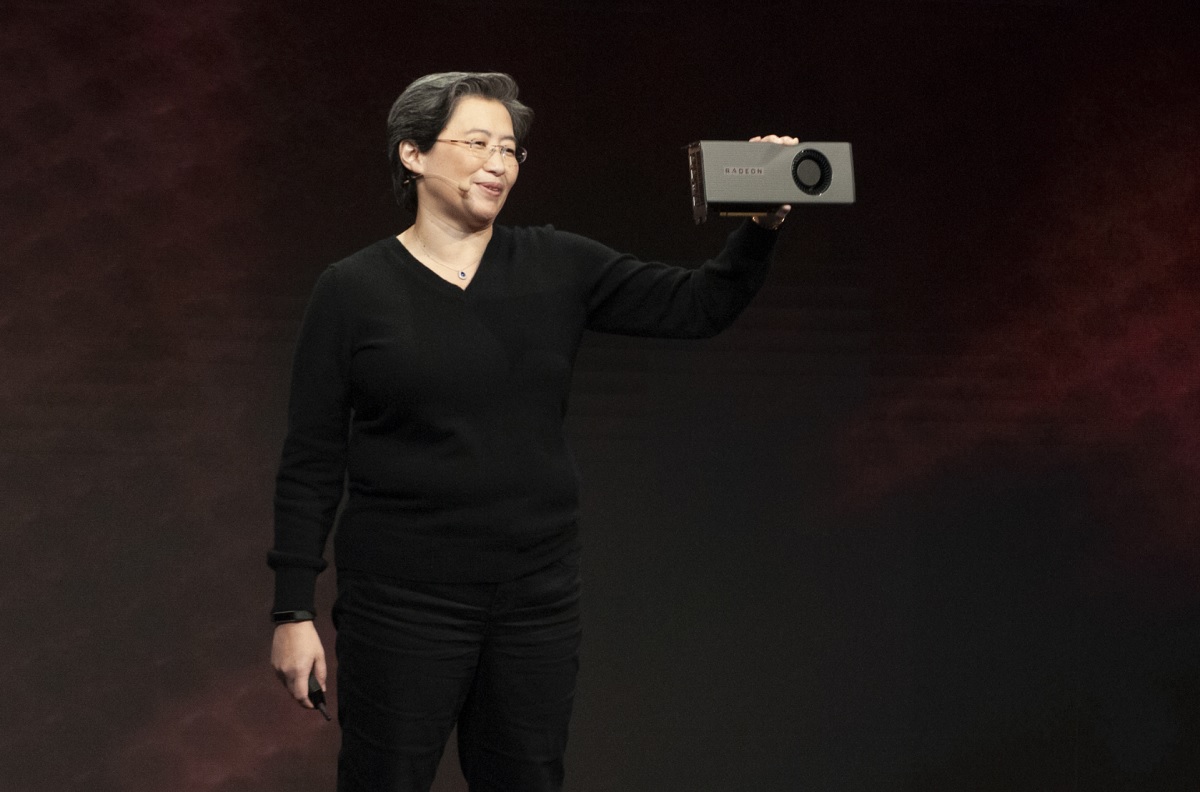Advanced Micro Devices unveiled a new 7-nanometer, 16-core Ryzen 3 processor and a 7-nanometer Navi graphics processing unit (GPU) that will challenge Intel in chips for gaming machines.
Lisa Su, CEO of AMD, made the announcement at the Electronic Entertainment Expo (E3), the big game trade show in Los Angeles this week. It’s been a good week for AMD, considering on Sunday Microsoft announced that AMD’s processor and graphics chips would be used in Project Scarlett, which is Microsoft’s new game console coming in the holidays of 2020.

Unlock premium content and VIP community perks with GB M A X!
Join now to enjoy our free and premium membership perks.
![]()

![]()